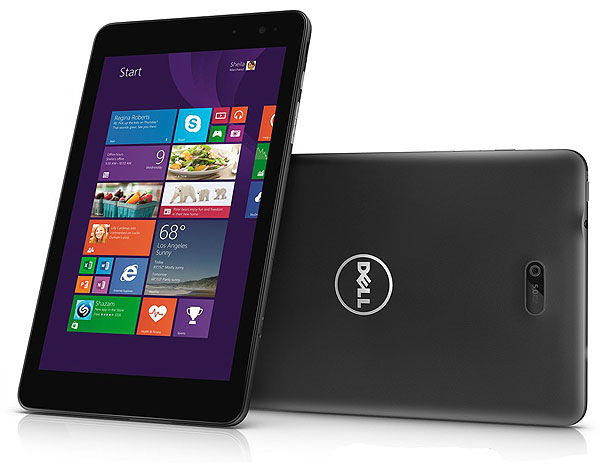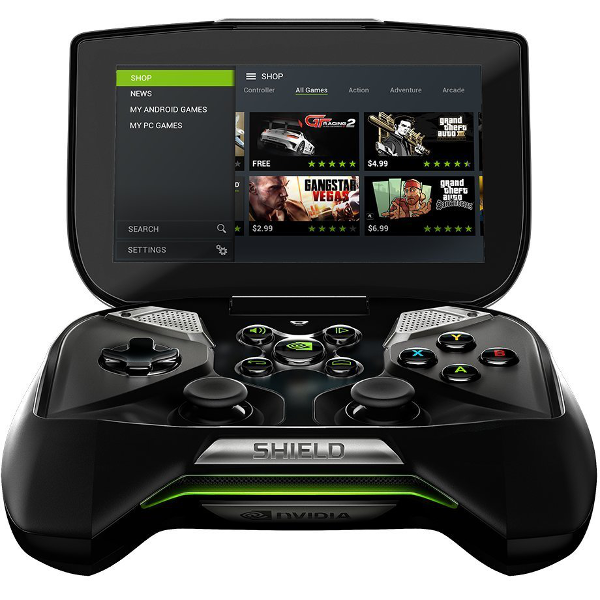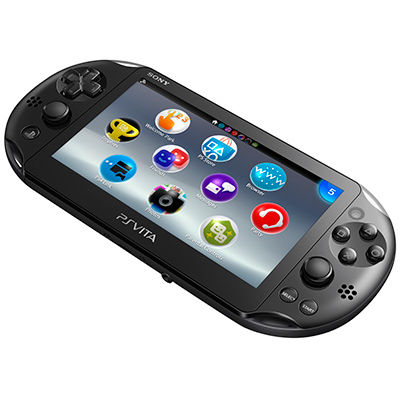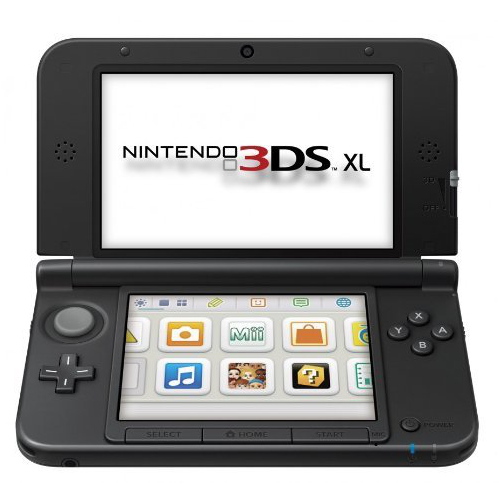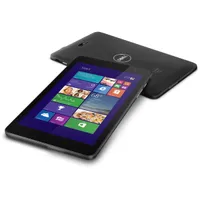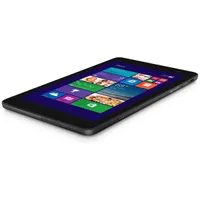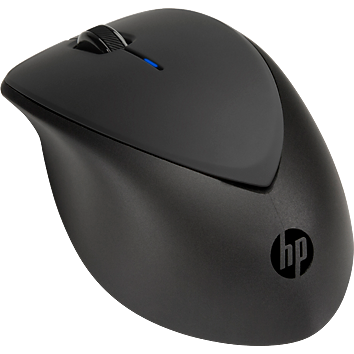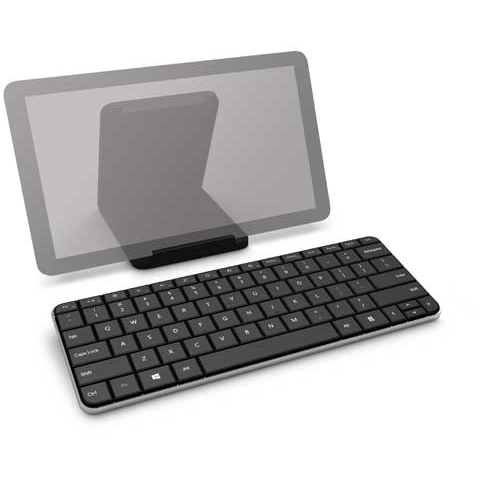Is Your Windows 8 Tablet Fast Enough For PC Gaming?
Why should Nintendo's 3DS XL, Sony's PlayStation Vita, and Nvidia's Shield have all the fun? We take Dell's Windows 8.1-based Venue 8 Pro, powered by an Atom processor, and try turning it into a portable PC gaming console with a handful of upgrades.
Do You Want to Game On a Windows 8.1 Tablet?
I've never been much of a game console guy. It's not that I look down on them with some misguided sense of technical superiority. But as an old-school PC gamer, I've always preferred first-person shooters and RPGs to platformers. I feel I have more control with a mouse and keyboard than a gamepad. There's a sophistication you can get on the PC that'd be difficult to replicate on a console.
When it comes to handheld gaming, though, the PC isn't as much of a factor. Laptops are too large to carry and play on for short jaunts across town, and unless you're flying first class, they're not all that practical in the air, either.
Nintendo catered to the space with its Game Boy, which evolved into today's 3DS XL. Sony countered with its PlayStation Portable. That was replaced by the Vita. Of course, smartphones and tablets are quickly encroaching on the mobile gaming space thanks to advancements in graphics hardware and standardized APIs able to maintain compatibility. Nvidia's Android-based Shield bears mention as well, since it facilitates gaming in its native environment and on Windows, if you're running the right GeForce card and in range of a fast-enough Wi-Fi network.
While all of these portable consoles have their strengths, none of them gi
ve you a truly mobile version of the desktop experience. You can't play something like Dota 2 on a Nintendo DS. Nvidia comes the closest with surprisingly faithful ports of Half-Life 2 and Portal, but the Android library is otherwise limited. The company continues to implement innovative technologies with GameStream and Grid cloud gaming. However, both features depend on blazing-fast network connections for smooth performance. The day might come when tethering and in-flight Wi-Fi are quick enough, but we're not there now. So what's a PC gaming to do?
Windows 8-based tablets aren't marketed as gaming platforms, and for good reason. The hardware inside most of them tends to be modest, particularly with regard to graphics. Moreover, their storage space is usually quite limited. In many cases, basic peripherals don't work with them due to a lack of simple USB connectivity. Lastly, PC games still aren't written with touch-based input in mind. Right out of the gate, gaming on a Windows-based tablet is a mess.
Of course, enthusiasts lead the charge when it comes to exacting change. We put our minds to making the mobile PC game console idea happen. And let's be clear: I'm not talking about playing Angry Birds or Halo: Spartan Assault here. Some of those Windows-based touch-optimized titles are decent. Cold Alley, GTA: San Andreas, Armed!, Asphalt 8: Airborne, and Skulls of the Shogun are good for hours of diversion, and available on the Windows Store. But that's not what I'm going for. I want hardcore desktop gaming on my mobile console.
Get Tom's Hardware's best news and in-depth reviews, straight to your inbox.
The Platform
We have to start somewhere, and Dell's Venue 8 Pro is ideal in some ways.
A PlayStation Vita or Nvidia Shield is in the $200 neighborhood; Nintendo's 3DS XL is slightly below that. Dell's Venue 8 Pro starts at $300 on the company's site, but you can pick it up for $200 if you have a Micro Center in your area. Granted, those prices cover the 32 GB model. If you plan to install more software, consider the 64 GB version for $320 from dell.com or $250 at Micro Center.
We haven't even made it off the first page yet and we've already paid a premium compared to competing portables. But keep in mind that a Windows-based tablet is useful for much more than gaming. The Venue also includes a full version of Microsoft Office Home 2013. This isn't the much-maligned Windows RT, either. It's the full Windows 8.1 operating system.
You're probably going to want a mouse and keyboard to make navigating Windows more familiar, and on a tablet with a single micro-USB port, that means leaning on Bluetooth. We picked up a low-cost HP X4000b mouse on Amazon for $18, and Bluetooth-attached keyboards can be found for the same price (I snagged a new Microsoft Wedge mobile keyboard off of Craigslist for $30). As for wireless networking, the Venue includes a 2x2 antenna setup and 802.11n connectivity. Link speeds aren't the bottleneck I thought they might be.
To recap, I snagged the 32 GB Dell Venue 8 Pro for $200 from Micro Center. I spent another $50 on a Bluetooth mouse and keyboard. Another $10 was invested into a leather case that doubles as a stand. All of those parts together give me the equivalent of an ultra-portable laptop, along with the peripherals needed for desktop gaming. But there are some compelling extras that I also wanted to test. If they're able to enhance my experience even more, I might be willing to spend a bit extra...
Current page: Do You Want to Game On a Windows 8.1 Tablet?
Next Page More Storage: SanDisk Ultra 128 GB MicroSDXC Memory CardDon Woligroski was a former senior hardware editor for Tom's Hardware. He has covered a wide range of PC hardware topics, including CPUs, GPUs, system building, and emerging technologies.
-
batman2142 Same article with SP3 would be a worthy read since it gives a chance to see how their HD4400 vs HD5000 on the variants match up, and if possible a projection on what the newer chipset that wont be making into the current SP3 but might make into the refresh by holiday season?Reply -
AMD Radeon Great Review :)Reply
Finally i see one noticeable advantage of Windows Tablet over Android -
K-beam Awesome article, Don, I have had the same thoughts recently. I think we would have appreciated some more info especially on:Reply
- Battery (maybe most important when you speak of portablility) - how long does it last with this model. I was eyeing the Asus Transformer Book T100TA, which they say has a quite respectable battery (but is also more expensive)
- Does a PS3 controller (free, if you have a PS3) work with it?
I would ideally have liked to see a mention of the Prince of Persia / Max Payne (1+2) / (Older) Tomb Raider / Splinter cell (1-4) and similar older third-person adventure games. In my opinion those work marvellously with a PS3 gamepad. Ah, I forgot - I wonder whether the touch would work directly with games from the Monkey Island series. Ah, another great genre for playing on a tablet, that was totally missed here - turn-based strategy games like the Heroes of Might and Magic series and Civilization (4). And also the grand-daddy of "modern" open-world FPSs - FarCry 1 :)
The biggest risk with those games is still compatibility with touch/Win 8.
An expanded re-visit maybe when the new generation of chips come out from either from Intel or AMD? -
CaptainTom I mean isn't the controller choice obvious: PS4. It connects via bluetooth and has a touchpad so you can control the menus with a mouse.Reply -
back_by_demand If you bought a Surface Pro 3 it probably wasn't to play games, but nice to know it is one of the best performers out there in the tablet rangeReply -
ScrewySqrl What I want to know is why has no one pushed an AMD APU into one of these windows tablets for gaming?Reply -
K-beam What's up with these multiple posts!!! Sorry for the splamming, it seems every time the page gets refreshed, the post is re-submitted!Reply
